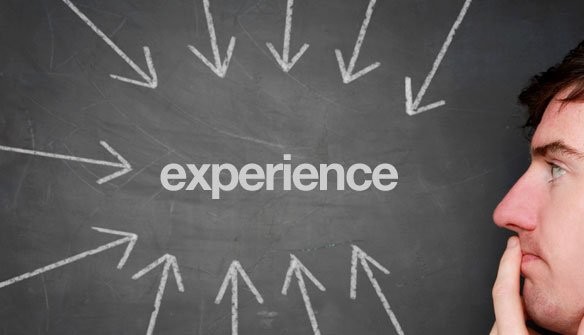
Impact of UI & UX on CRM Application User Adoption Rate
CRM Application & UI
How much time did it take you to learn eBay or Amazon. com? How many manuals did you read? How mixed dough experience compare with learning your CRM application?
Consumer systems have set the requirements users expect in their personal and professional app usage. Yet , when striving to leverage these technology with business applications most organizations get it incorrect because they fail to understand the difference between the user interface (UI) and the user experience (UX).
The UI is focused on the visible presentation, but the Consumer Experience is much more than that, as it contributes to an feeling that either enhances or degrades the continued use of the application. To achieve a good emotional interconnection, the UX should forerun; go before the UI so that form follows function and utility is aligned with user-centered design. What that means is that the UX commences by interesting users to understand what they want to achieve and just how they want to achieve it. Any make an effort to achieve an UX objective by hiring designers, creating wire frames or dressing up existing applications with UI facelifts - without first understanding end user behaviors, expectations and prioritized use cases - will not acquire a successful user experience.
Before you belittle the power of emotional attachment toward a Crm application application, consider the touchable benefits and their financial payback. CRM applications that produce positive UX also achieve the following benefits:
- A positive CRM experience lowers learning curves and fast tracks staff on-boarding. These benefits tend to be offered because of this of improved convenience of use and can accelerate time to value by 40 percent.
- Improved upon user satisfaction brings about better application utilization - including better data input, more process automation and increased information reporting. This in turn achieves higher technology investment payback. On the flipside, when users are unsuccessful to begin to see the value of their CRM software, they revert to the smallest operation, maintain separate darkness systems (often Excel spreadsheets) and incur more normal effort. Most companies have difficulties with Crm package utilization, which is why most companies use less than 25% of their CRM applications capability.
- More enthusiastic CUSTOMER RELATIONSHIP MANAGEMENT adoption reduces training costs, rids the need to create custom user instructions or help pages, will take good thing about CRM updates, decreases support and help workplace costs, and reduces documents expenses.
How you can Achieve the CRM User Experience Investment recovery
Once you realize the benefit, the next question is how to achieve it.
As with any business strategy the first activity is to define the goal. For most adopters, the strategic objective for user experience is to offer the right experience to the right user at the right time on the right device. This kind of objective should be quantified into more practical conditions by role.
The next step is to determine the routine. While project ideas will change, the first job is to know your user. Before you design for the user, you require to really know your consumer. Start by identifying and segmenting your audience and then identifying their tasks, content needs, devices, use cases and CRM software expectations.
The program will differ greatly based on whether working within the program, constructs and tools of a particular CRM app or developing bespoke choices which permits more efficient and flexible platforms, tools and technologies. For a specific CRM user experience example, consider my post how to customize the Characteristics CRM user experience.
The CRM UX Formula
With the prerequisites in place, you can get started the user experience design. There really is a relatively simple method that can deliver a predictable CRM user experience.
Relevance + Personalization & Context + Outcomes sama dengan UX
I'll make clear these building blocks.
- Relevance is all about delivering what users consider important. Technology should be designed and configured to deliver relevant information by role and based on use situations.
- Personalization adapts the CUSTOMER RELATIONSHIP MANAGEMENT software based on constructions, preference settings, role, history use, channel, device and location. Personalization goes over and above the way the software looks and includes how the application responds, what content is displayed or promoted, how content is consumed and just how the use case outcome was achieved within the user's personal preferences. CRM software applications permit simple user management, user segmentation and role-based configurations which contribute to personalization. Yet , to improve this capability you will have to apply several tactics I'll reveal later in the consumer experience best practices section.
- Framework advances content from fixed views to dynamic information based on what's needed at any time in time and based on variables which match a situation. In a CUSTOMER RELATIONSHIP MANAGEMENT application context brings precisely needed to the cutting edge faster and with fewer keystrokes. By understanding users past behaviors and activities (or what we sometimes call situational data and outcomes) you can foresee situations, predict the best case responses and set up CRM software to proactively react.
- Outcomes are definitely the results that cement you experience. The three factors that a majority of impact the user's understanding of CRM outcomes are predictability, convenience and timeliness. Use cases must be suitable for these three factors.
